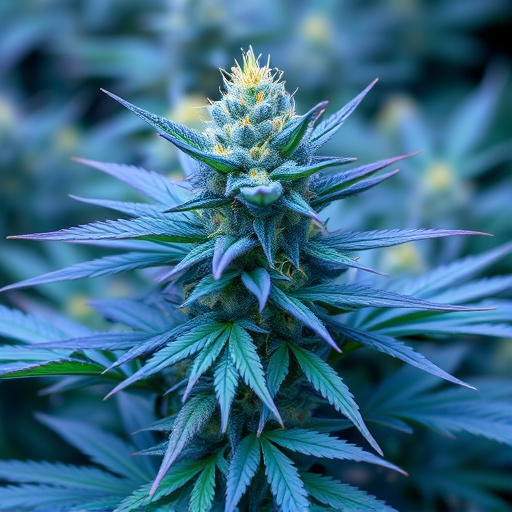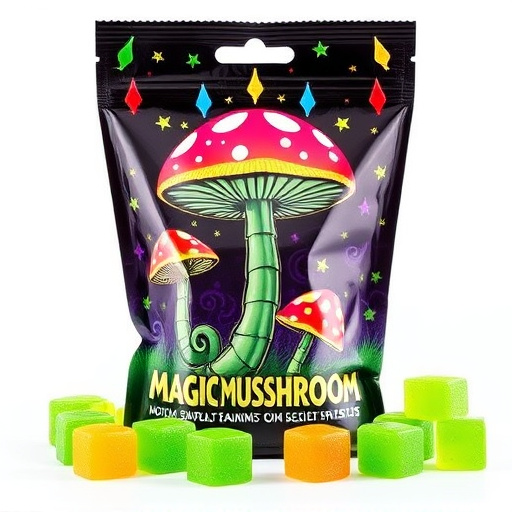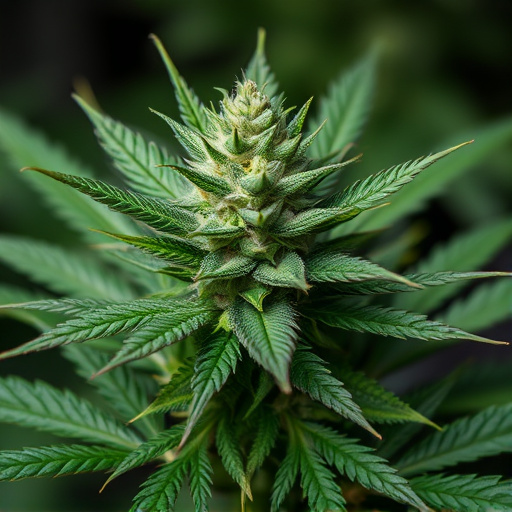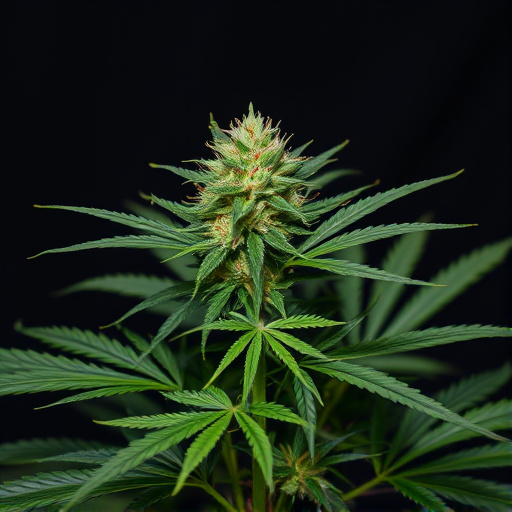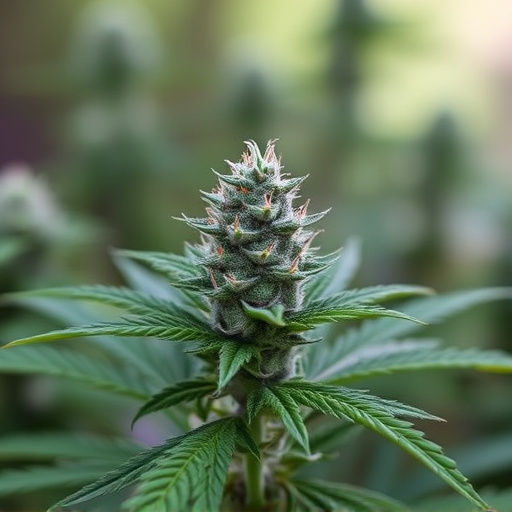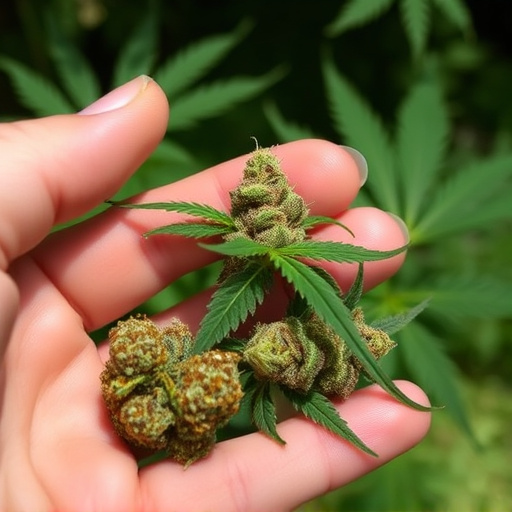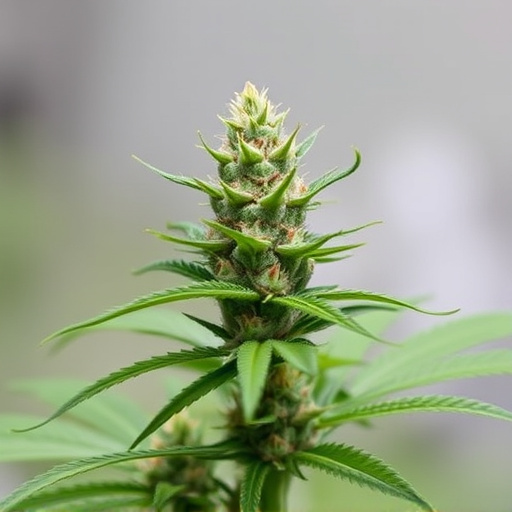The color of cannabis flowers offers significant clues about their effects, including potential anxiety relief properties. Darker hues like purple indicate higher THC levels, while lighter colors may suggest varying cannabinoid profiles. Exploring beyond vibrant green, consumers can find strains with unique chemical compositions, such as higher CBD levels in purples and oranges, offering additional therapeutic benefits for managing anxiety.
Discover how color goes beyond appearance in cannabis, potentially influencing its potency and effects. We explore the intricate relationship between pigment and cannabinoid profiles, shedding light on why a strain’s hue matters. From scientific research to personal experiences, this guide unveils insights into selecting the ideal cannabis strains for managing anxiety. Learn to navigate the vibrant world of cannabis with a new perspective, where color becomes a powerful tool in your wellness journey.
- The Role of Color in Cannabis Identification and Perception
- Scientific Insights on Color and Cannabinoid Content
- Exploring the Impact on Anxiety: A Guide to Choosing Cannabis Strains
The Role of Color in Cannabis Identification and Perception
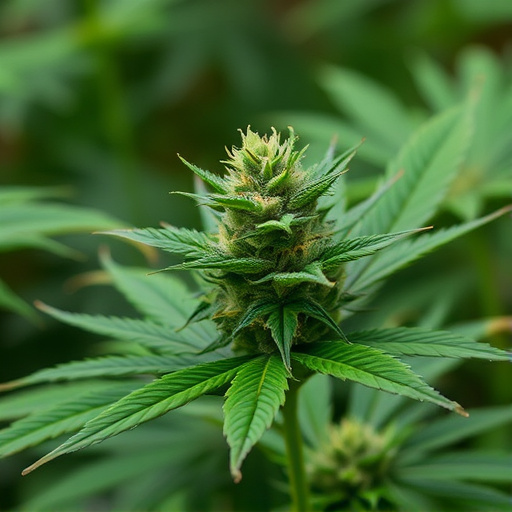
The color of cannabis is more than just an aesthetic quality; it plays a significant role in identifying and perceiving different strains. Cannabis flowers can range from vibrant greens, deep purples, to golden hues, each offering unique visual cues about their potential effects and chemical profiles. This visual identification is crucial for consumers looking for specific cannabis strains for anxiety relief or other medical purposes.
Color can indicate the presence of various compounds and terpenes, which are known to influence the plant’s aroma, flavor, and psychoactive properties. For instance, darker shades might suggest a higher concentration of cannabinoids like THC, while lighter tones could point to distinct terpene profiles. As such, consumers often use color as a starting point when selecting cannabis strains, seeking visual clues that align with their desired effects, be it relaxation or energizing sensations.
Scientific Insights on Color and Cannabinoid Content
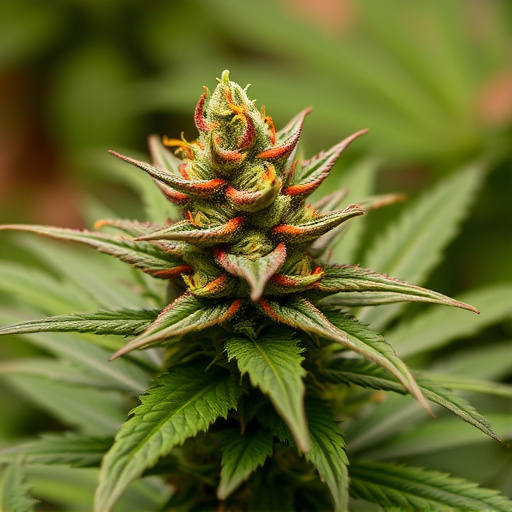
While it might seem like a superficial notion, the color of cannabis can offer valuable insights into its potential effects and potency. Scientifically speaking, the vibrant hues we see in different strains aren’t just aesthetic; they’re often an indicator of the plant’s biochemical composition. Studies have shown that specific colors can be linked to varying cannabinoid profiles, particularly regarding THC (tetrahydrocannabinol) content, which is known for its psychoactive properties and is sought after by users looking for cannabis strains for anxiety relief.
Research suggests that darker shades, like deep purple or indigo, tend to correlate with higher concentrations of THC. This is attributed to the presence of anthocyanins, pigments responsible for these colors, which can influence cannabinoid synthesis and concentration. Conversely, lighter, more vibrant colors may suggest a different cannabinoid makeup, offering insights into potential therapeutic effects beyond just potency.
Exploring the Impact on Anxiety: A Guide to Choosing Cannabis Strains
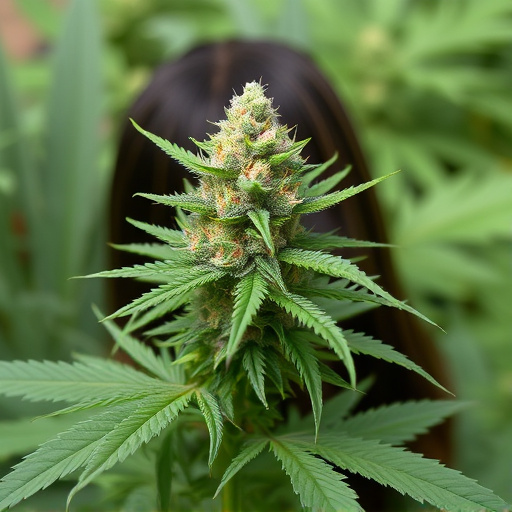
For individuals seeking cannabis strains to alleviate anxiety, understanding how color can influence potency is a valuable guide. The vibrant green hues commonly associated with cannabis often mask a wide range of chemical compositions. While green may signal high THC levels—a cannabinoid known for its potent effects on mood and anxiety—it’s not the sole indicator.
Exploring different strains with varying colors, such as those boasting purple or orange shades, can unveil unique chemical profiles. These variations in color are sometimes due to higher concentrations of other cannabinoids like CBD, which has gained recognition for its potential anxiolytic (anxiety-reducing) properties. Choosing cannabis strains based on their visual appeal, coupled with knowledge of their cannabinoid content, offers a personalized approach to managing anxiety and optimizing the desired effects.
While the role of color in cannabis identification and perception is well-documented, its direct impact on potency remains a nuanced topic. Scientific insights suggest that color can indirectly influence cannabinoid content due to varying cultivation practices and specific strain characteristics. When considering cannabis strains for anxiety, it’s crucial to recognize that effect is highly individual. Opting for strains known for their calming properties, coupled with understanding the potential color-potency relationship, can help guide users in making informed choices, ensuring a more balanced and manageable experience.
